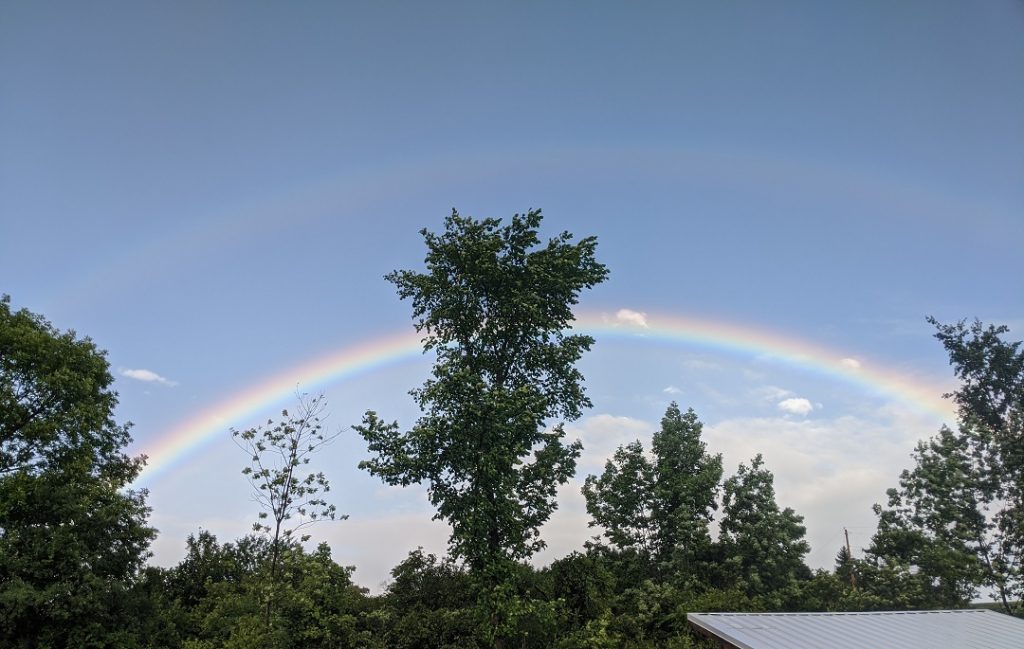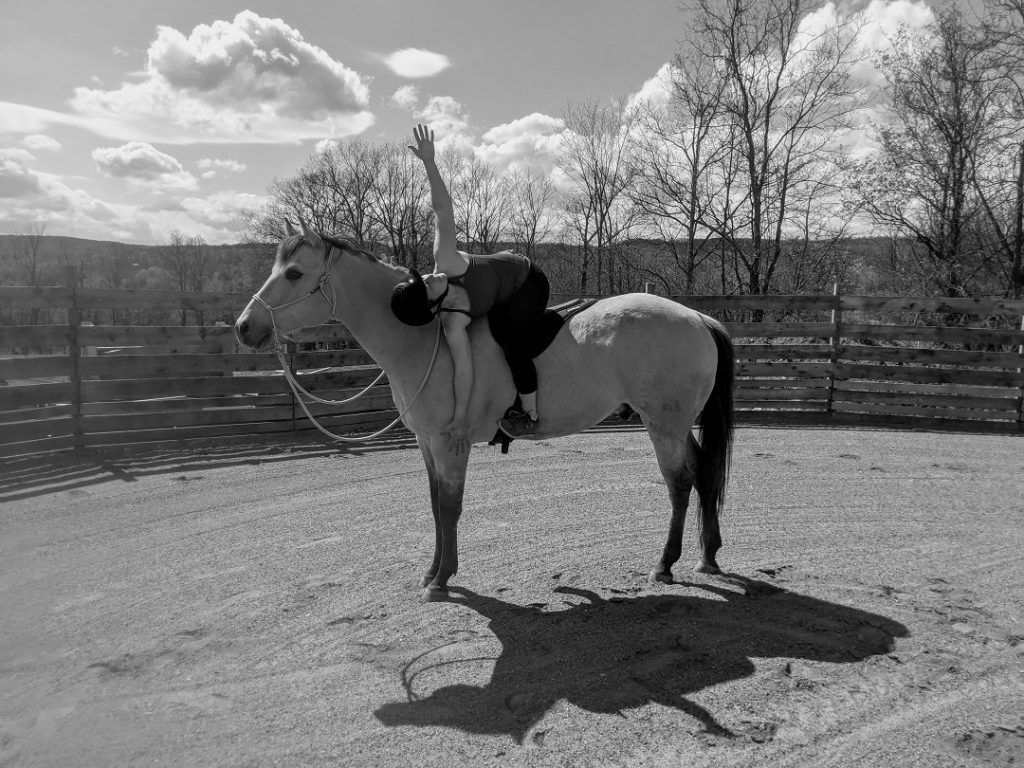In late 2019, I registered for a 200-hour yoga teacher training. This was something I had considered for years but the timing never worked. The schedule included nine, full (in-person) weekends between January and May. 2020 felt right. I was ready. I wanted to explore my own yoga practice, which for nearly two decades had focused primarily on the physical movements of yoga, in a deeper and more intentional way. I hoped to gain an understanding and greater appreciation for the connections between yoga philosophy (or history), the human body, and emotional or mental well-being.
Oh, serendipity. I will forever be grateful to our incredible instructor, who transitioned our cohort to online learning, and to everyone in the group for creating a safe, supportive space for us to gather (virtually, of course).
Learning the philosophy of Ashtanga, the eight limbs of yoga described in the Yoga Sutras, gave me a framework for processing 2020. The first two limbs, in particular—the Yamas (i.e., restraints) and Niyamas (i.e., observances)—grounded and centered me when I needed it.
Yamas
- Ahimsa: Do not cause injury, physical or emotional, to all living beings.
I carefully select the words I use to express thoughts and feelings, especially today. - Satya: Be truthful with ourselves and others, in word, actions, and thought.
I started a written list of my personal values and am taking steps to live in greater alignment with them. - Asteya: Do not steal from others.
I am respectful of others time—starting and ending meetings and calls on time—and energy to engage at any moment. Sometimes we need to take a break from Zoom or Teams. - Brahmacharya: Direct energy away from external pleasures to find peace and happiness within.
I evaluate where I devote my energy and time, and give myself permission to say no. - Aparigraha: Take only what you need and let go of what you do not.
I seek out and find joy in that which just is—such as the rainbow after yesterday’s storm.

Niyamas
- Saucha: Maintain cleanliness of mind, body, and surroundings.
I finally set up a quiet yoga and meditation corner in my house, free of clutter and distractions. - Santosha: Accept what you have and who you already are.
While I have not let go of the need to plan, I appreciate where I am in life. Today. Now. - Tapas: Cultivate a sense of self-discipline, passion, and courage to remove physical, mental, and emotional impurities.
I recommitted to daily yoga practice and added a 30-minute meditation into my morning routine. - Svadhyaya: Engage in self-study and reflection.
I prioritized reading books and disconnected from media. - Isvara Pranidhana: Surrender.
I now ask my self if actions I am about to take are ego-driven or truly (my understanding of) what is best for all in that moment.
Especially now when it can be difficult to find calm, I appreciate each day for what it is—another opportunity to learn, grown, and do better. I find joy in little experiences—like experimenting with yoga and my horses. And look forward to finding ways to share yoga with others.
Namaste.



